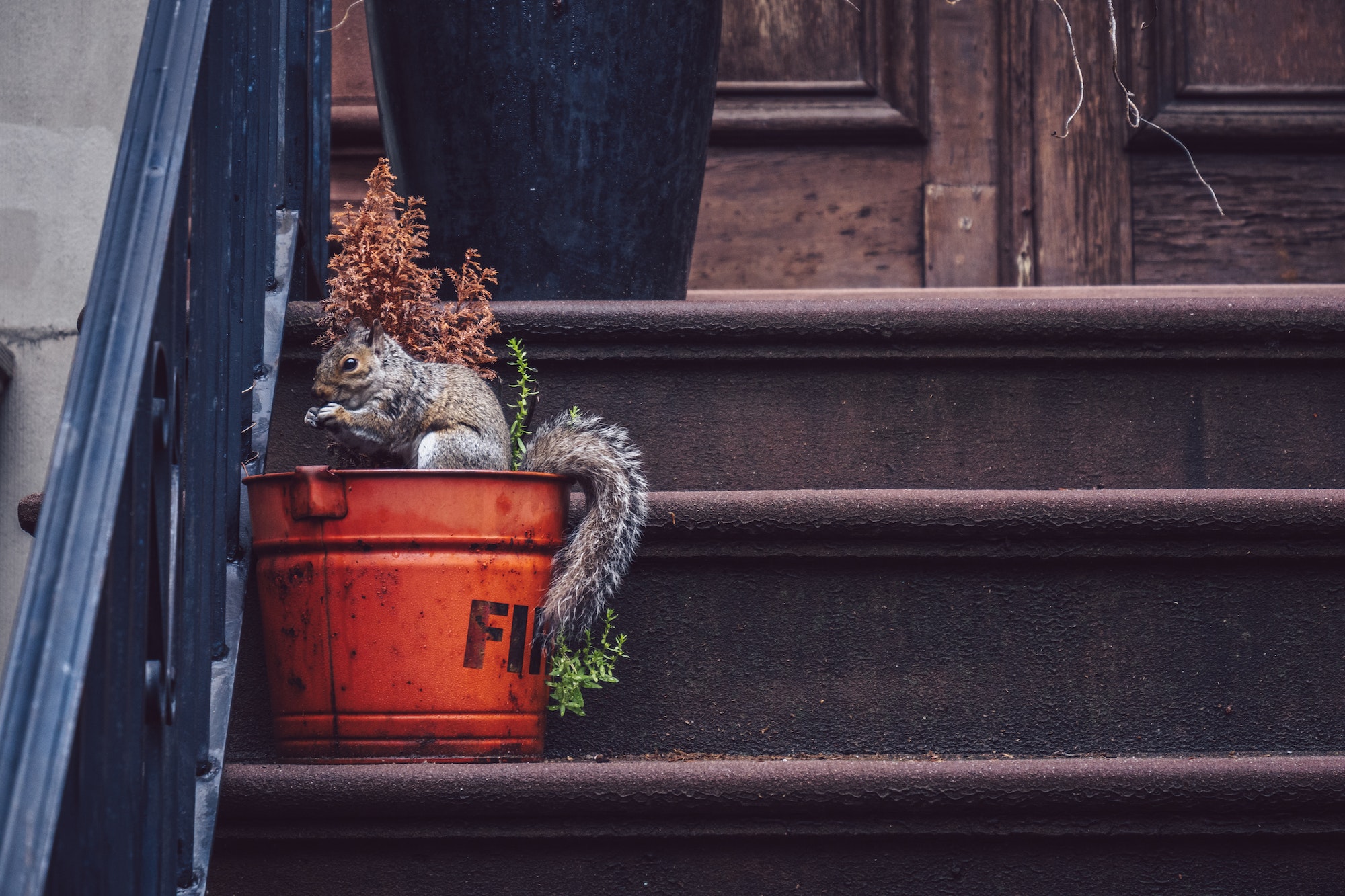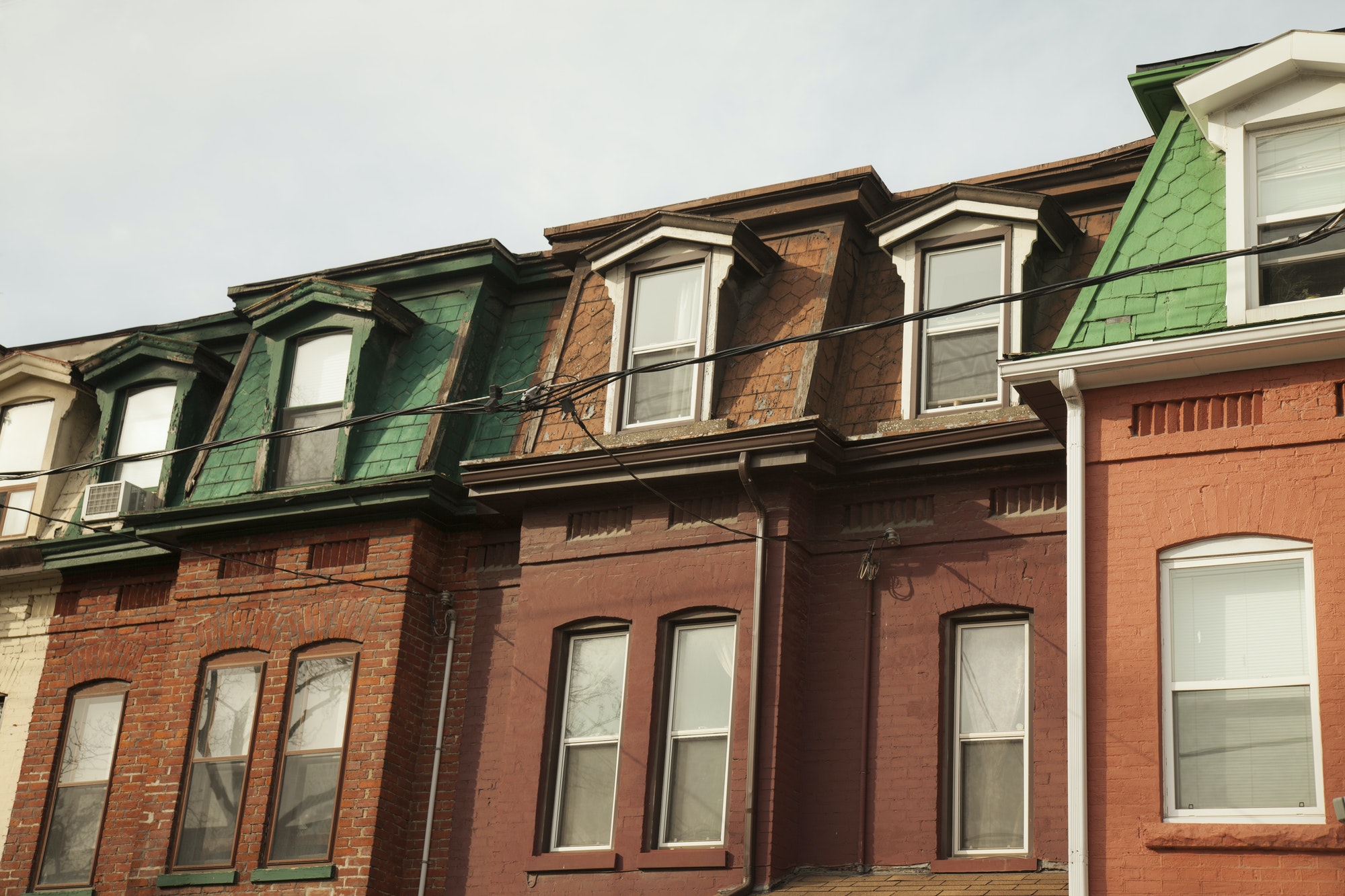Ah, the joys of small space living! Where every square inch counts and your furniture plays a game of Tetris without your permission. If you’ve ever felt like your cozy abode is slowly shrinking, you’re not alone. Welcome to the world of “Small Space Suffocators” – those sneaky design errors that can make even the most spacious room feel like a shoebox.
As an interior design expert, I’ve seen my fair share of rooms that could use a little breathing room. But fear not, dear reader! We’re about to embark on a journey through the treacherous terrain of design mistakes that can turn your humble home into a claustrophobic nightmare. Buckle up, because we’re about to expand your horizons (and hopefully your living space)!
Recent research from the National Association of Home Builders (NAHB) shows that the average size of new single-family homes in the United States has been decreasing since 2015. In 2021, the average home size was 2,561 square feet, down from the peak of 2,689 square feet in 2015. This trend towards smaller living spaces makes it even more crucial to avoid design errors that can make our homes feel cramped.
Now, let’s dive into the 20 Small Space Suffocators that might be lurking in your home:
| No. | Design Error | Explanation | How to Fix |
|---|---|---|---|
| 1 | Too Much Furniture | Crowding the space leads to discomfort and chaos | Prioritize fewer key pieces that serve multiple functions |
| 2 | Dark Furniture | Dark colors absorb light, making the room feel smaller | Choose lighter or neutral furniture to enhance brightness |
| 3 | Unflattering Furniture Layouts | Layout can obstruct flow and create tight spaces | Rearrange furniture to allow better flow and movement |
| 4 | Neglecting Functionality | Functionality is key, especially in tight quarters | Focus on versatile furniture options that maximize utility |
| 5 | Ignoring Vertical Space | Utilizing wall space can give the illusion of height | Incorporate vertical shelving to draw the eye upward |
| 6 | Overlooking Lighting | Insufficient lighting can make spaces feel dark and cramped | Use layered lighting to brighten and open up spaces |
| 7 | Zero Editing | Letting too many items remain can overwhelm a small space | Regularly edit the room to remove unnecessary items |
| 8 | Poor Color Choices | Choosing inappropriate colors can affect mood and perception of space | Experiment with color to find the right mood without overwhelming the space |
| 9 | No Multipurpose Features | Furniture should serve more than one purpose to maximize use | Invest in furniture that doubles as storage or has dual functions |
| 10 | Clutter and Storage Issues | Lack of storage leads to visible clutter, which can suffocate a space | Incorporate smart storage solutions to keep clutter hidden |
| 11 | Oversized Rugs | Large rugs can make a room feel smaller than it is | Choose appropriately sized rugs that fit the space without overwhelming it |
| 12 | Blocking Natural Light | Covering windows reduces the amount of light, making spaces feel smaller | Use sheer curtains or keep windows unobstructed to maximize natural light |
| 13 | Ignoring Scale | Furniture that’s too big or too small can throw off the room’s balance | Choose furniture that’s proportionate to the room size |
| 14 | Lack of Mirrors | Mirrors can create the illusion of more space and reflect light | Strategically place mirrors to visually expand the room |
| 15 | Overaccessorizing | Too many small decorative items can create visual clutter | Opt for fewer, larger statement pieces instead of numerous small ones |
| 16 | Neglecting Corners | Unused corners waste valuable space in small rooms | Utilize corner shelves or furniture to maximize every inch |
| 17 | Poor Traffic Flow | Furniture placement that obstructs movement makes rooms feel cramped | Create clear pathways and arrange furniture to facilitate easy movement |
| 18 | Ignoring the Ceiling | A forgotten ceiling is a missed opportunity to add height | Paint the ceiling a light color or add visual interest to draw the eye up |
| 19 | Mismatched Styles | Too many conflicting styles can create visual chaos in small spaces | Stick to a cohesive design theme to create a harmonious look |
| 20 | Forgetting About Foldables | Fixed furniture takes up constant space | Incorporate foldable or expandable furniture for flexibility |
Remember, dear reader, that even the tiniest of spaces can feel like a palace with the right design choices. It’s not about how much space you have, but how you use it. So go forth and conquer those small space suffocators! Your newly spacious-feeling home awaits.
And if all else fails, just remember: the smaller your space, the less you have to clean. Now that’s what I call a silver lining!
Discover more from Futurist Architecture
Subscribe to get the latest posts sent to your email.



